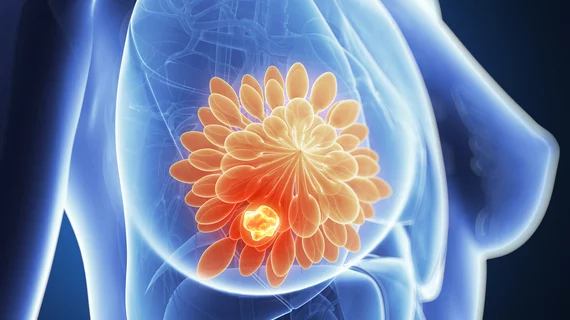New protocol helps breast cancer patients avoid unnecessary surgery
Scientists with MD Anderson Cancer Center are working to develop a new treatment protocol that would allow more women to eliminate the need for unnecessary breast surgery.
This treatment method involves the use of imaging-guided breast biopsies to help providers better target any remaining cancerous tissue when using chemotherapy prior to placing patients under the knife. Oftentimes, cancer is completely eradicated using such up-front chemo, and radiologists and other clinicians just require the right assistance to confirm these cases, experts noted in a Dec. 13 presentation at the San Antonio Breast Cancer Symposium.
“For many breast cancer patients who need chemotherapy to increase survival, giving it first can completely kill the cancer. This finding motivated us to find an accurate way to identify these patients to study the safety of eliminating surgery in our ongoing clinical trial,” lead investigator Henry Kuerer, MD, PhD, a professor of breast surgical oncology at the University of Texas, said in an announcement.
The key takeaway from his work is the need to be “super selective” when targeting patients for this paradigm shift in breast cancer treatment. Eventually, this could lead to the elimination of surgery for a select group of patients, he added.
Kuerer and colleagues are furthering their work by analyzing data from nearly 170 women treated with such neoadjuvant chemo at Royal Marsden Hospital in London, Seoul National University Hospital in South Korea and Houston-based MD Anderson. They’ve learned that cancer was completely eradicated with this method in about 51% of instances. Biopsies were performed under ultrasound or stereo guidance, with an average tumor size of 33.5 millimeters. They believe accurate predictions can be made on who will respond positively to this intervention, “opening the door for potential avoidance of surgery.” Future studies will explore the safety of such surgical avoidance, investigators noted.
“This would be a major step toward improving quality of life for patients with breast cancer,” Kuerer added.

